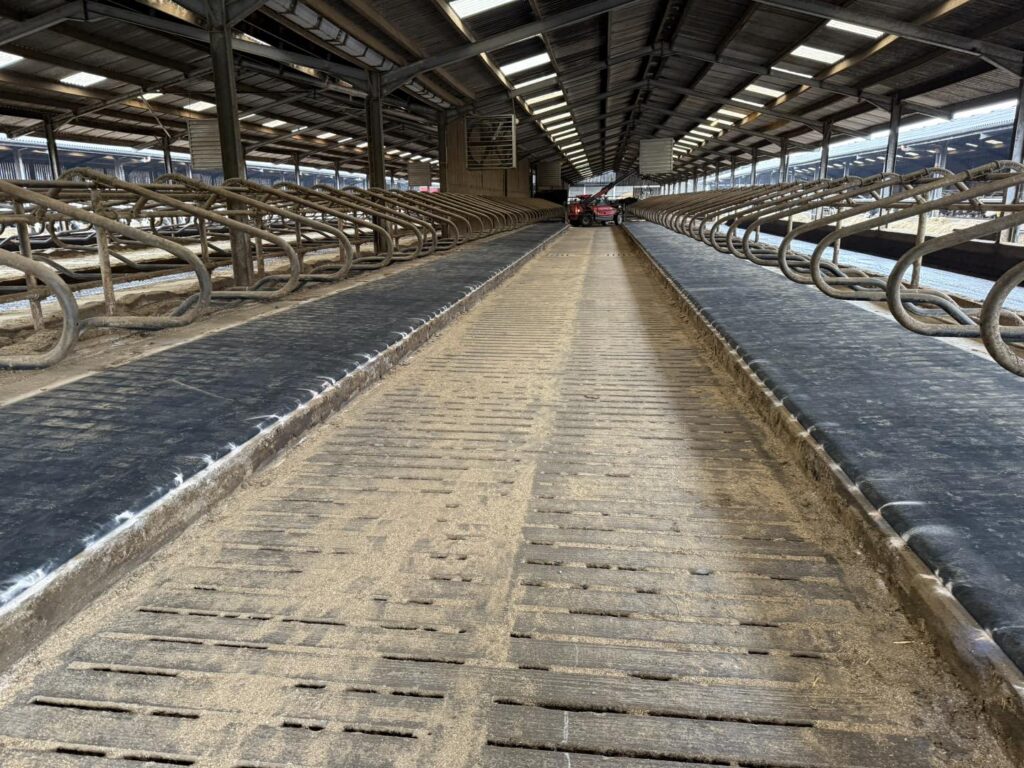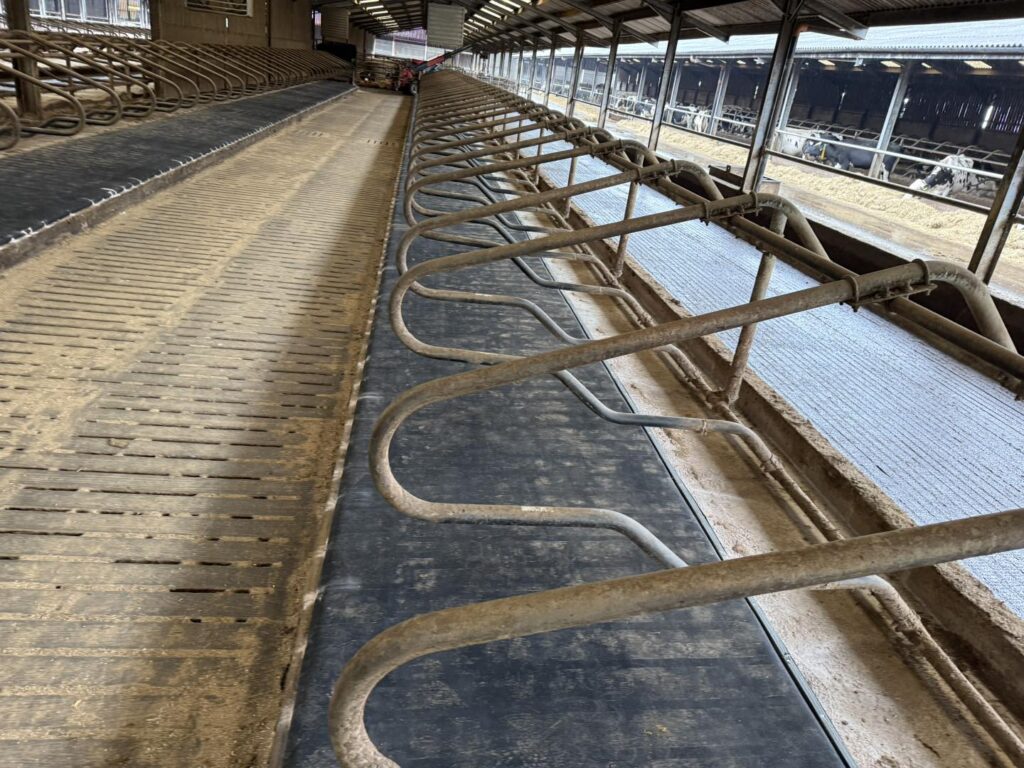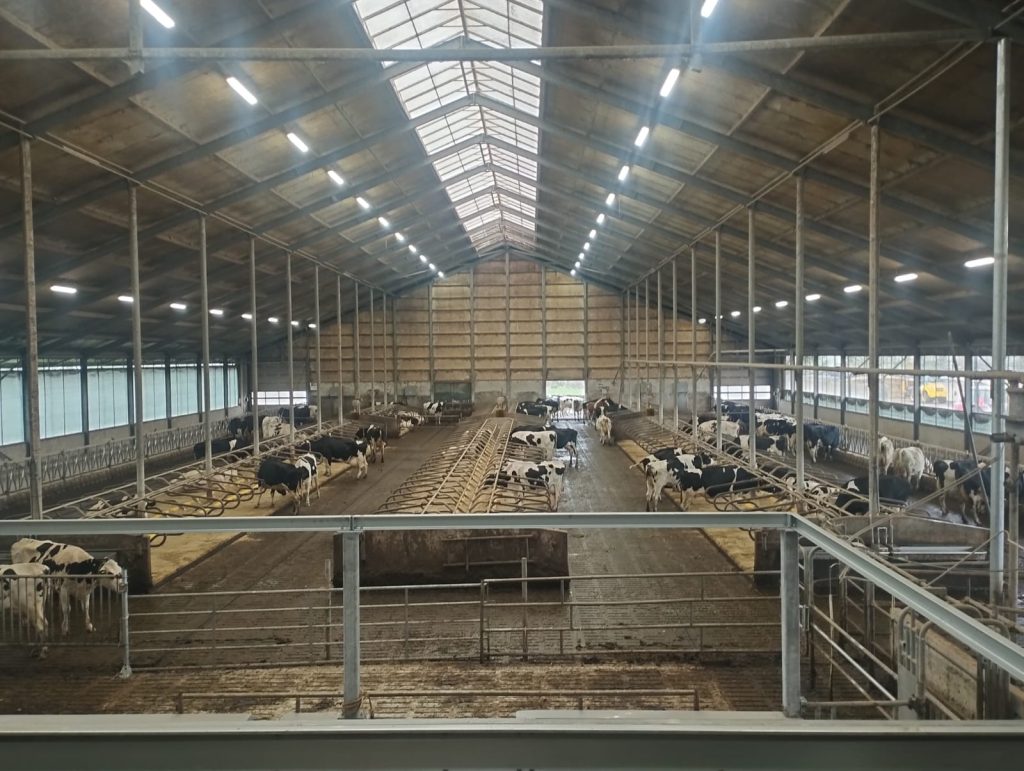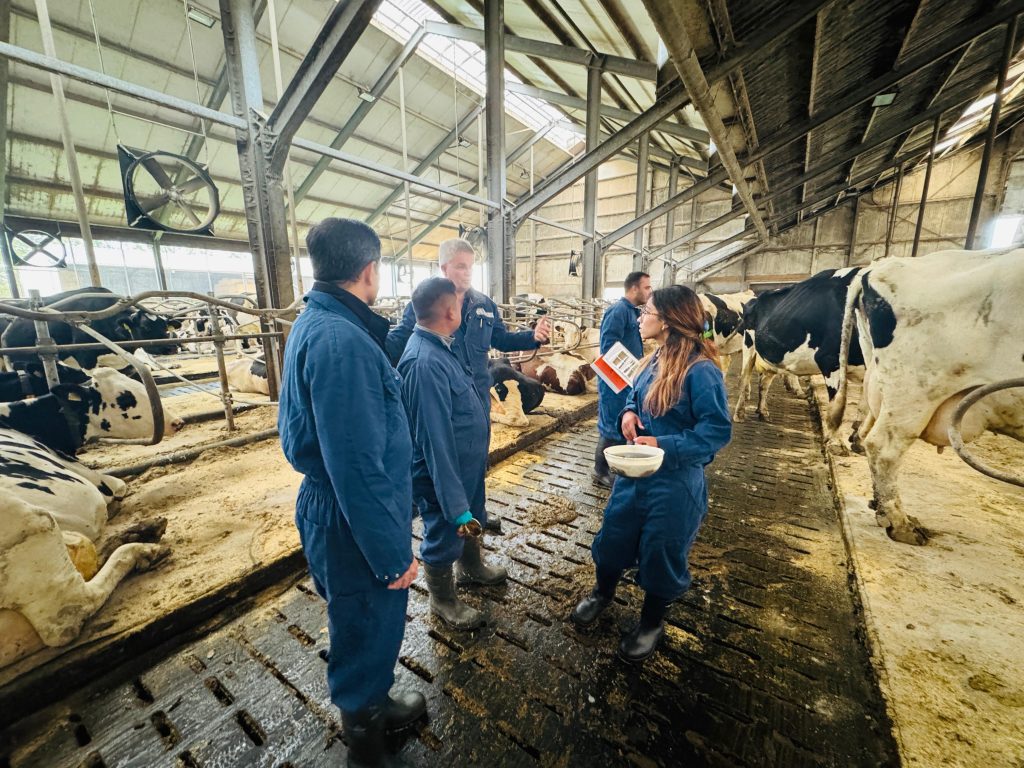Farm Start-Up
We support to “beginning farmer”—defined by DTC Nepal as those who have been operating a farm or ranch for less than 5 years—includes people who are merely considering farming as a career, those in the early years of farming, and growers who are fine-tuning a well-established farm business. Regardless of where you fall along this continuum, you’ve come to the right place. The publications, success stories, and links on this page will help you find an internship program, learn practical farming skills, evaluate farmland, choose a farming enterprise or business structure, develop a marketing plan, write a business plan, and get the financing you need.
We are proud suppliers of organic products, and we also provide farm design, product installation, and anytime support and servicing for all of our products.

Barn Design & Installation Support:
Design is the foundation of profitable milk production. The wrong initial choice can degrade your herd health and lower your quality of milk over time. Our team support for the best design to fit the needs and size of your farm. We provide building layout and cow traffic flow design services, and we can recommend and provide the right milking system for your dairy farm.
Cattle Barn Design for Dairy Farms: Key Considerations & Best Practices
A well-designed cattle barn ensures cow comfort, improves milk production, and enhances overall farm efficiency. The barn should provide adequate ventilation, space, and easy access to feed and water.

Types of Cattle Barns-Open/Loose Housing System
- Cows are kept in an open space with a shaded area.
- More freedom for movement, reducing stress.
- Suitable for small to medium-sized farms.
- Needs proper drainage to avoid mud and manure buildup.
Conventional Tie-Stall Barn
- Cows are tied in individual stalls and milked at their place.
- Suitable for small-scale farms with limited land.
- Requires more labour but allows individual feeding control.
1.3 Free-Stall Barn (Most Common for Medium & Large Dairy Farms)
- Cows can move freely and lie down in designated stalls.
- Equipped with a feed alley, resting area, and milking Parlor access.
- More efficient, requires less bedding, and improves hygiene.
Compost-Bedded Pack Barn
- Large open barn with deep bedding (sawdust, straw, or sand).
- Promotes cow comfort but requires regular bedding management.
- Ideal for organic or high-welfare dairy farms.
Key Design Considerations & Space Requirements
- Standing space per cow: 3.5 to 4.5 m² (38 to 48 ft²).
- Resting space per cow (stall size): 1.2m × 2.4m (4ft × 8ft).
- Feed alley width: 4 to 5 meters (13 to 16 feet) for easy movement.
Ventilation & Airflow
- Natural ventilation (open sides, ridge openings) or mechanical fans.
- Cross ventilation to prevent heat stress.
- High roofs (4-6 meters or 13-20 feet) to allow proper airflow.
Flooring & Drainage
- Concrete flooring with a non-slip surface to prevent injuries.
- Sloped floor (2-3%) for proper manure drainage.
- Rubber mats or sand bedding for cow comfort.
Feeding & Watering
- Feed bunk height: 50 cm (20 inches) for easy cow access.
- Water troughs every 20-30 cows, ensuring fresh water supply.
- Automatic waterers can improve efficiency.
Manure Management
- Gutter system or slatted floors for manure collection.

- Compost pits or biogas systems for waste utilization.
- Frequent cleaning to maintain hygiene and reduce disease risks.
Additional Features for an Efficient Dairy Barn
- Calving Area – Separate section for pregnant cows and newborn calves.
- Milking Parlor – Properly designed space with easy cow entry and exit.
- Shade & Cooling – Fans, sprinklers, or shade structures to prevent heat stress.
- Lighting – Natural daylight + LED lights for better cow comfort.
- Biosecurity Measures – Footbaths, restricted entry zones, and disinfection areas.
Model Barn Layout for 50-100 Cows: Free-Stall Barn Layout
📍 Feed Alley (central) → 📍 Free-Stall Section (both sides) → 📍 Manure Alley → 📍 Milking Parlor at One End
This design ensures: 📍 Easy cow movement 📍 Efficient feeding system 📍 Good manure management
Conclusion:
A well-planned cattle barn increases milk production, reduces disease risks, and improves overall farm efficiency. Choosing the right design depends on herd size, budget, and farm goals for the cow.